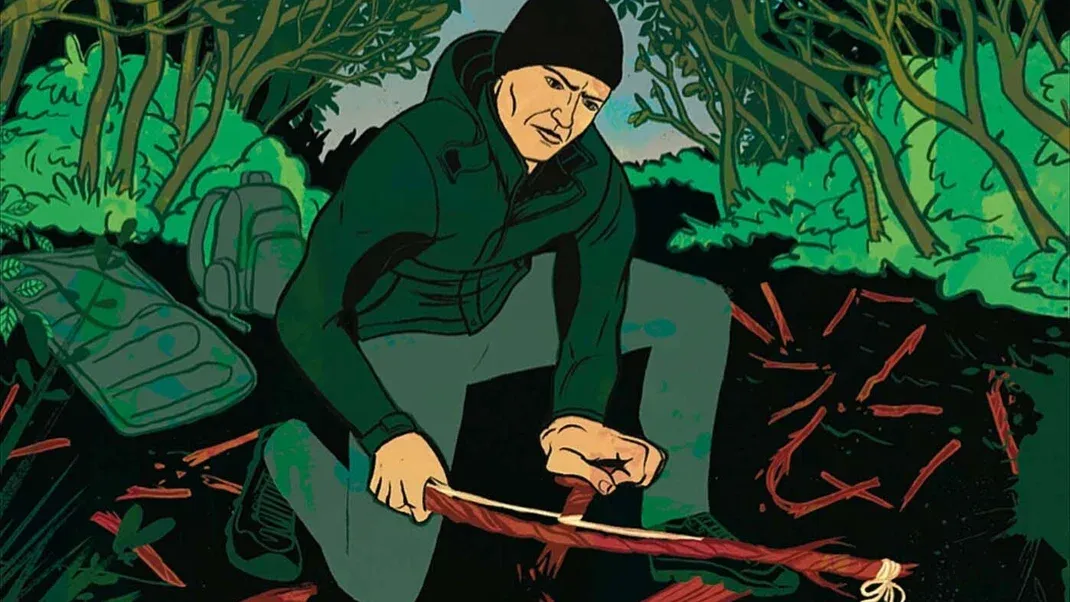Starting a Fire With a Bow Drill Is Way Harder Than it Looks
Starting a fire with a bow drill is a challenging and time-consuming process that requires precision, patience, and skill. While it may look simple in theory, the reality is that it takes a great deal of effort and practice to successfully create enough friction to generate the heat needed to ignite the tinder. The process involves using a bow to rotate a wooden drill against a baseboard, creating enough friction to produce a small ember. This ember is then carefully transferred to a nest of tinder, where it can be coaxed into a flame. Despite its difficulty, mastering the art of starting a fire with a bow drill can be a rewarding and valuable survival skill.

Starting a fire with a bow drill is a skill that has been practiced for centuries by indigenous people around the world. It is a method that requires patience, precision, and a deep understanding of the materials and technique involved. While it may look simple in theory, the reality is that starting a fire with a bow drill is way harder than it looks.
To begin with, the materials needed for a bow drill fire are specific and must be gathered and prepared with care. The components of a bow drill consist of a bow, a spindle, a fire board, and a handhold. The bow is typically made from a flexible piece of wood, and the spindle is a straight, dry stick that will be rotated against the fire board to create friction. The fire board is a flat piece of wood with a notch carved into it to collect the ember, and the handhold is used to apply downward pressure on the spindle.
The first challenge in starting a fire with a bow drill is finding the right materials. The wood must be dry and free of any moisture, as dampness will prevent the necessary friction from occurring. Additionally, the wood must be the right type, with the fire board and spindle being made from softer woods that are easy to carve and create friction. The bow should be made from a flexible wood that can withstand the tension of the string and the back-and-forth motion required to rotate the spindle.
Once the materials have been gathered and prepared, the next challenge is in the technique itself. Using a bow drill requires a specific rhythm and pressure to be applied in order to generate enough heat to create an ember. The bow must be held at the correct angle and tension, and the spindle must be rotated at a consistent speed and pressure against the fire board. This requires a great deal of practice and skill to get the technique just right.
One of the most difficult aspects of starting a fire with a bow drill is the physicality of the process. It requires a great deal of strength and endurance to maintain the necessary pressure and speed for an extended period of time. The repetitive motion of using the bow can quickly tire out the arms and shoulders, and the downward pressure on the handhold can cause strain on the hands and wrists. It is not uncommon for beginners to quickly become fatigued and frustrated by the physical demands of the process.
In addition to the physical challenges, there are also mental and emotional hurdles to overcome when starting a fire with a bow drill. It can be incredibly disheartening to put in so much effort and energy only to have the ember fizzle out before igniting the tinder. It requires a great deal of patience and perseverance to keep trying, even when it seems like success is out of reach. The process can be frustrating and demoralizing, but it also teaches valuable lessons in determination and resilience.
Another factor that makes starting a fire with a bow drill difficult is the reliance on external factors. The weather, humidity, and even the type of wood used can all impact the success of the process. Even a slight change in temperature or wind can make a significant difference in the outcome, adding an element of unpredictability to the already challenging task.
Despite the difficulties, the satisfaction of successfully starting a fire with a bow drill is unmatched. It is a skill that requires a deep understanding of nature and the materials involved, as well as a great deal of patience and perseverance. It is a reminder of the ingenuity and resourcefulness of our ancestors, who relied on these methods for survival. While it may be way harder than it looks, the rewards of mastering the art of the bow drill are well worth the effort.






